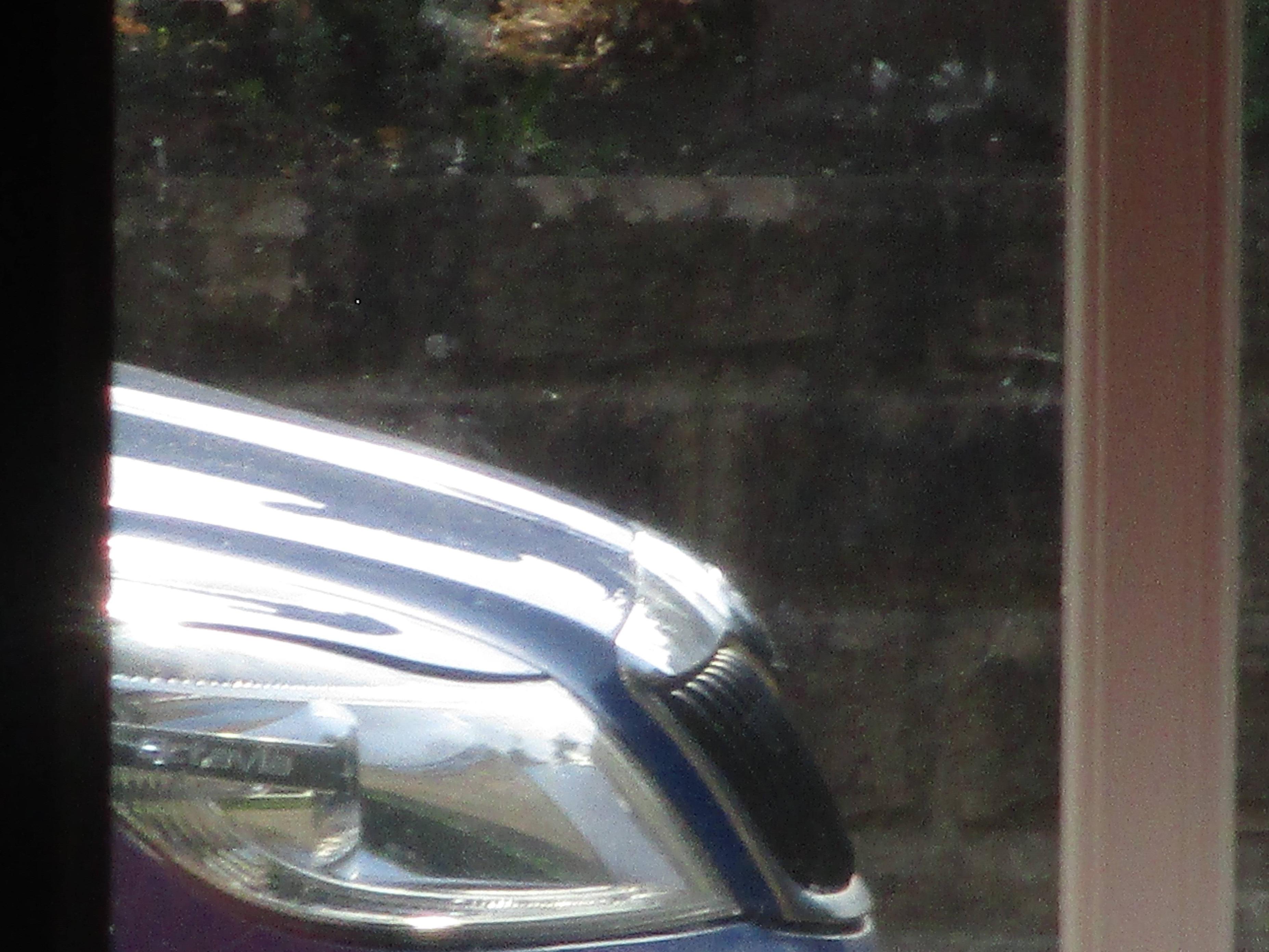I am trying to focus on the differences between digital zoom and cropping an image afterwards.
This is discussed in detailed here: Is digital zoom really useful? focused on the compression difference, i.e.: in case the camera is compressing the images, most cameras will probably do the cropping before compression.
But what about the exposure adjustment? Is this typically done using only the zoomed frame? I know this might depend on the camera but I would expect to be some tendency. Or whether is never the case.
There is one answer in that question that suggests this, but I wonder whether that is actually the case.
Please note that I'm not referring here to advantages or disadvantages because that is completely arbitrary. I am just interested in the differences.




